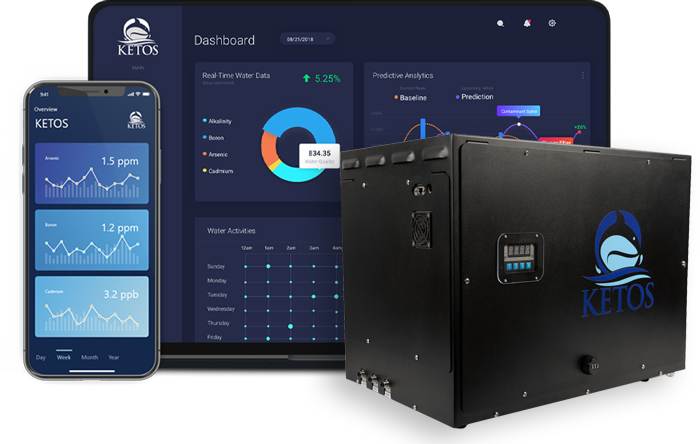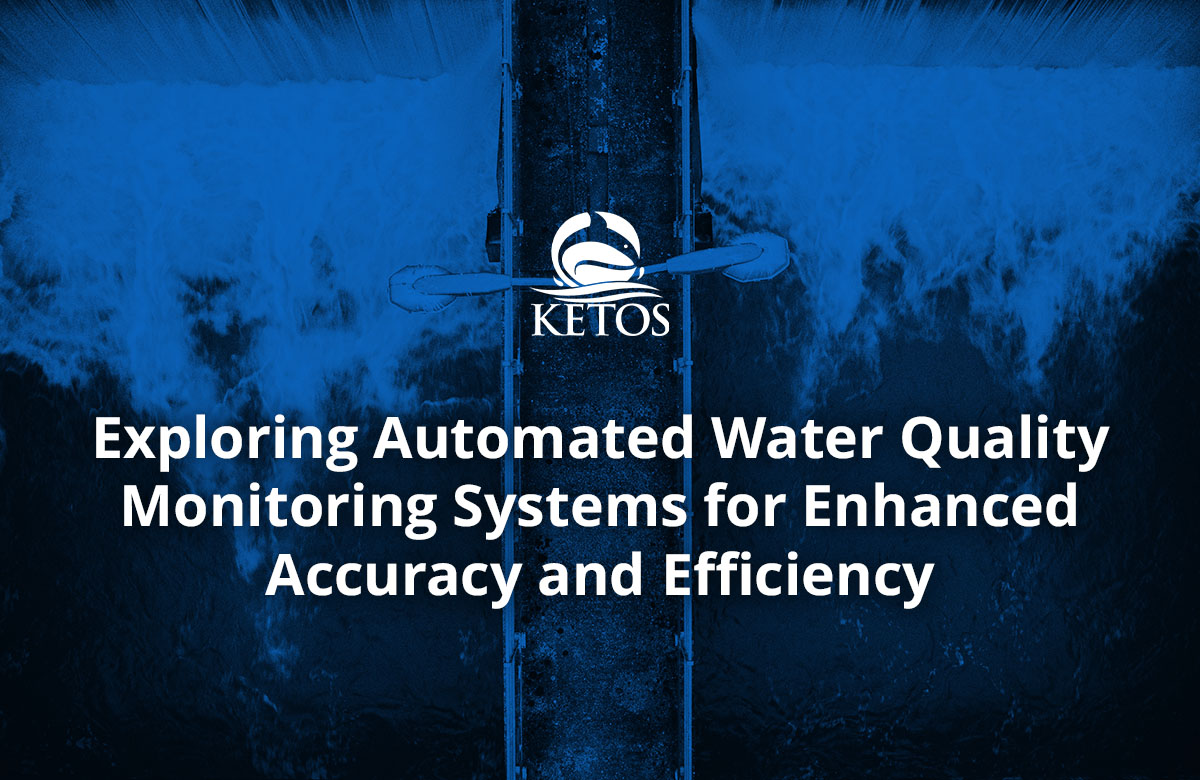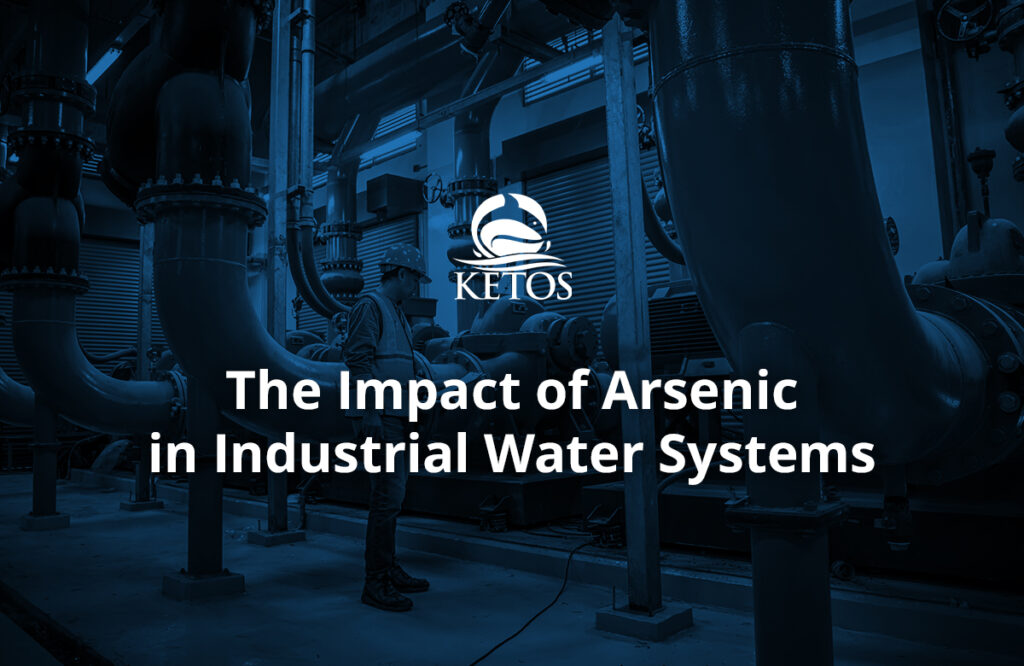Water is a vital resource that sustains life on our planet. Throughout history, polluted water has had a devastating impact on public health and fragile ecosystems. Ensuring water quality through proper monitoring is crucial for the well-being of both humans and the environment. Today, automated water quality monitoring systems have transformed this task, providing real-time data to ensure safety, guarantee quality, and meet compliance requirements for water operators across the globe.
The Dawn Of Energy-Efficient Water Quality Assessment
Water quality assessment involves monitoring a water supply’s pH, turbidity, dissolved oxygen, and contaminants to determine if it is suitable for purposes such as drinking and irrigation. In the not-so-distant past, this process was done manually, requiring extensive fieldwork and laboratory analysis by a large team. Such methods lacked efficiency and were prone to human error – often leading to bad outcomes for people using a particular water supply.
However, technological advancements have driven the development of energy-efficient water quality assessment methods. This includes automatic water samplers as well as water sampling equipment that can be controlled and monitored remotely. By adopting these innovative approaches, water management organizations can achieve accurate results while minimizing time and cost for a once-cumbersome process.
Why Is Water Quality Testing Important?
It may seem counterintuitive to spend so much time testing a resource that is so omnipresent in our lives or developing water sampling equipment that automates and streamlines this process. Why is water quality testing such an important thing? Here are four key reasons why the process of monitoring water quality is vital to public health:
- Water quality monitoring ensures the safety of drinking water supplies by detecting contaminants and other harmful bacteria.
- Sampling water from an aquatic ecosystem helps maintain its health and balance by monitoring pollution levels.
- An automatic water monitoring system can identify potential risks to industrial processes that rely on high-quality water.
- State-of-the-art water sampling equipment can help resource managers and conservationists make better decisions about the environment’s stewardship.
Using Automated Water Quality Monitoring Systems To Improve Efficiency
Today’s water sampling equipment combines hardware, software, automated reporting, and predictive analytics to help water operators automate the water sampling process. Using automatic water samplers, operators can monitor water quality in real time and identify problems the moment they arise. This will ensure that water quality meets specific quality and safety standards, all of the time.
Thanks to advancements in technology, water operators now have innovations like automated water quality monitoring systems to execute water quality monitoring more efficiently. Keep reading to learn more about some of these new technologies that are revolutionizing how water operators monitor and maintain the purity of our water sources.
Four Technologies That Make Water Monitoring More Efficient
- Remote sensors and IoT – One of the key technologies a robust automated water quality monitoring system should have is remote sensing. Combined with the Internet of Things (IoT), this technology allows automated water sampling equipment to collect data from various sensors and devices in real time. If problems are detected by the automatic water sampler, operators can respond to issues quickly. Remote sensing and IoT use satellite imagery, drones, and connected sensors to provide information about temperature, pH level, turbidity, and dissolved oxygen in a specific water supply. This in turn allows for more effective management of water resources.
- Artificial intelligence and machine learning – artificial intelligence (AI) and machine learning (ML) algorithms play a critical role in today’s water quality testing. AI algorithms analyze vast amounts of data collected through remote sensing and IoT devices, which improves the accuracy and efficiency of the process. AI algorithms also can identify patterns and anomalies in water quality parameters, allowing for the early detection and prediction of potential contamination. This means that water operators can base their responses on accurate and predictive data.
- Portable testing devices – manual water quality testing processes most often involve collecting water samples and sending them to laboratories for analysis. This method was time-consuming and resource-intensive. Today, portable testing devices like automatic water samplers allow on-site testing with instant results. These devices are small, easy to use, and provide accurate measurements. Such automated water quality monitoring systems are extremely beneficial in remote areas where access to laboratories is limited.
- Energy-efficient sensor technologies – low-power sensor technologies have significantly reduced the energy used by water sampling equipment while still maintaining accurate measurements. These tiny sensors can be integrated into IoT systems and operate for extended periods on minimal power. The key benefit to this technology is a longer lifespan and reduced environmental impact.
The Benefits Of Automatic Water Samplers
Transitioning to an automated water quality monitoring system is one way to scale up your business model. Automating water sampling equipment and processes will help you identify water quality issues before they negatively impact your business. Here are three key benefits to automating this process:
- Never miss a test – with an automatic water sampler, you won’t have to rely on operators to collect samples, send the samples to a lab, or run tests in the field.
- Real-time results – with an automated water quality monitoring system, you won’t have to wait for test results. You will know if your water meets safety, quality, and compliance standards in real time.
- Monitor from anywhere/real-time testing – with an autonomous system, you won’t have to worry about manual sampling testing. Enjoy real-time data as it is delivered to your device, no matter where you are!
Having access to real-time insight from an automated water quality monitoring system means that you can be proactive and monitor your water supply wisely. But it also ensures that you will meet all industry safety, quality, and compliance requirements. As a bonus, automatic water sampling equipment will save you time and money, too!










